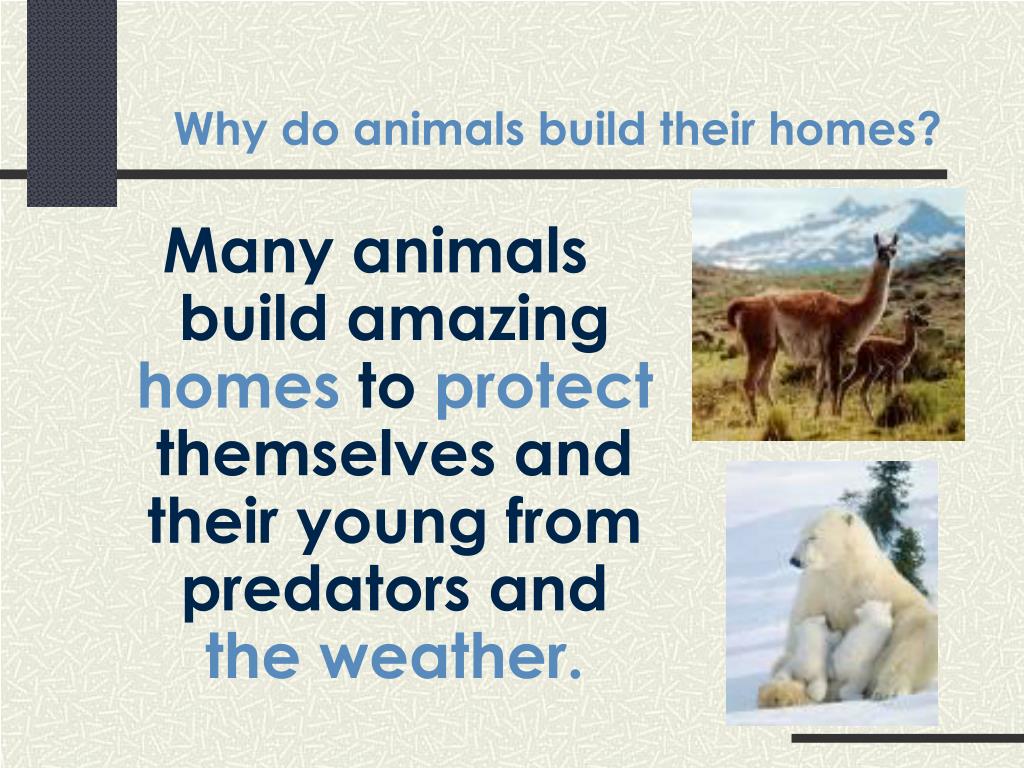In the grand tapestry of wildlife and domesticity, the issue of animal housing emerges as a fundamental yet frequently dismissed aspect of animal welfare. Just imagine: what if animals, like humans, had the opportunity to express their individuality through their homes? How would this transform our understanding of animal care and advocacy? While it might appear trivial at first glance, a myriad of issues stems from inadequate animal housing, raising substantial challenges related to health, behavior, and overall well-being.
First, let’s delve into the importance of animal housing. At its core, housing serves as a sanctuary—a place where animals seek refuge from environmental stressors. The design, structure, and location of these shelters can significantly bolster an animal’s emotional and physical health. A thoughtfully designed living environment promotes safety, reduces stress, and contributes immensely to an animal’s quality of life.
When assessing the well-being of animals, there are several key factors that warrant attention. For instance, thermal comfort is paramount; animals require shelters that protect them from extreme temperatures. In excessive heat, animals can experience heat stress, leading to dehydration or even death. Conversely, inadequate heat in cold climates can compromise their immune systems, making them susceptible to various diseases. Hence, the housing must allow for temperature control and ventilation.
Furthermore, the design of an animal’s living space can greatly influence its behavior. An appropriate habitat encourages natural instincts and behaviors, mitigating issues related to boredom or anxiety. For example, enriching environments featuring various structures and levels can provide opportunities for play and exploration. When animals, such as dogs and cats, lack proper stimulation and a safe sanctuary, they may exhibit destructive behaviors or develop serious psychological issues. It’s not mere whimsy; their living conditions directly impact their emotional health.
((Here poses a playful challenge)) Consider this: how often do pet owners assess their pets’ living environments? A striking number of pet owners may consider their companions’ needs with the same intimacy afforded to human family members, yet they often overlook the fundamental requirement of appropriate housing. What we find is that, for many, the focus is predominately on food and veterinary care, with shelter coming only as an afterthought. This lapse in attention poses a significant challenge: how can we raise awareness and encourage more responsible behavior when it comes to animal sheltering?
While the necessity for proper housing is universally applicable, it varies significantly across species. Wild animals operate under different constructs compared to domesticated counterparts. In the wild, animals build intricate nests, burrows, or dens tailored to their unique biology and ecological niches. For instance, rabbits burrow intricate tunnel systems that provide safety from predators while ensuring access to food. Similarly, birds construct nests that not only cater to their reproductive needs but also offer protection from the elements. The complexity and diversity of animal architecture in nature illustrate the inherent need for suitable housing, making it clear that we must respect and replicate these principles in our management of domesticated animals.
The neglect of appropriate housing extends into the realm of animal agriculture as well. According to various studies, livestock often experience severe overcrowding in confined animal feeding operations (CAFOs). These animals not only suffer physically but also psychologically from the inhumane conditions that severely limit their natural behaviors. The ethical implications of such practices are profound. Providing adequate space and enrichment should be non-negotiable. Our responsibility extends beyond mere sustenance and veterinary care; we must advocate for the humane treatment of animals, including their housing.
Additionally, housing is intricately linked to the broader issues of conservation and habitat destruction. As natural environments diminish due to human activities, we witness a tragic decline in wildlife populations. Sustainable housing solutions for domesticated animals can help alleviate some of the pressure on wildlife by reducing the need for land conversion. If society prioritizes animal welfare in agriculture and pet ownership, we can foster a culture diminishing the impact of human encroachment on natural habitats.
Another fascinating dimension of this topic is the balance between space and companionship. Particularly in the case of domesticated animals, the social structure and bonding play an integral role in their overall happiness. Dogs, for example, are pack animals that thrive in social environments. Thus, their housing needs to reflect that, providing enough space for social interaction with humans or other animals. In contrast, solitary species like certain reptiles may require more solitary and secluded arrangements. This complexity necessitates greater awareness and responsibility from pet owners to create environments that reflect the innate preferences of different species.
Advocating for proper animal housing is not merely an ethical imperative; it is also a call to establish a more profound societal connection with non-human beings. Processes such as community education, legislation aimed at improving living conditions, and collaborations with animal welfare organizations can enhance the situation regarding animal housing across various sectors. Through proactive measures and continued activism, we can engender a robust dialogue about the significance of appropriate housing for all animals.
In conclusion, the importance of animal housing cannot be overstated. It influences the physical and psychological health of animals, affects their behavior, and serves as a reflection of our collective values. By advocating for improved living conditions and expanding our understanding of animal needs, we can combat the numerous challenges associated with inadequate housing. This matter necessitates thoughtful consideration from all of us as caretakers and advocates for a more harmonious coexistence with the animal kingdom.









